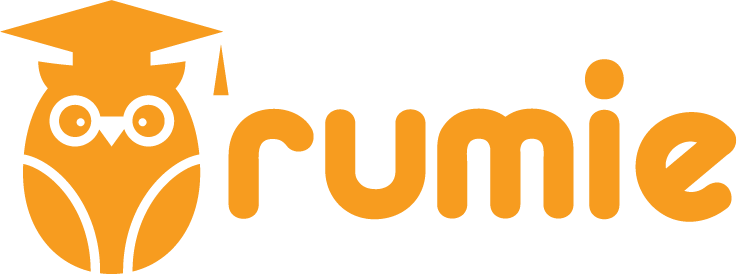Whether you teach children or adults, whether you're an experienced teacher or brand new to the field, and whether you teach quantum physics or creative writing, every teacher can benefit from taking different approaches to teaching.
Three different pedagogical (teaching) theories have stood the test of time:
Cognitivism
Constructivism
Connectivism
These approaches can help take your teaching to the next level.
 Photo by Max Langelott on Unsplash
Photo by Max Langelott on Unsplash1. Cognitivism
Cognitivism focuses on how learners think and how they make connections.
 Photo by Kenny Eliason on Unsplash
Photo by Kenny Eliason on UnsplashCognitivists believe that, as we learn, our brains create certain categories. It's easier for learners to remember complex information if they're encouraged to organize it into categories.
A cognitivist teacher is likely to:
Give frequent examples to connect students' knowledge to new material
Divide big topics into manageable chunks
Review content frequently
Quiz
What would be a cognitivist approach to teaching Italian chefs how to cook ramen?
2. Constructivism
Constructivism is the belief that learners construct their own knowledge.
 Photo by Mark Potterton on Unsplash
Photo by Mark Potterton on UnsplashConstructivism is a pedagogy for teaching that focuses on the social aspect of learning. They believe that the teacher's role is to identify what learners can do and what they can't do, and help them bridge that gap.
Constructivist teachers are likely to:
Assign practical tasks
Keep the classroom hands-on
Tailor the classroom to student needs
Quiz
What would be a constructivist approach to teaching accountants how to use a new software?
3. Connectivism
Connectivism emphasizes the importance of a diversity of learning sources, especially by using the internet.
 Photo by Alina Grubnyak on Unsplash
Photo by Alina Grubnyak on UnsplashConnectivism is a pedagogy for teaching that encourages students to combine information from a variety of sources to learn something new. These sources can be books, websites, other people, etc.
Connectivist teachers are likely to:
Research frequently
Share their ideas with each other
Follow experts in the subject matter on social media
Quiz
What would be a connectivist approach to teaching high school students how to write an essay?
Take Action
Use these approaches to branch out and try something different with your teaching.
 Photo by Kenny Eliason on Unsplash
Photo by Kenny Eliason on UnsplashAsk yourself these questions to choose the right pedagogy for your teaching:
Do my students have experience with similar subject matter?
Is there a practical use for this material that my students can employ?
To what extent can my students teach themselves through research and discussions?
Your feedback matters to us.
This Byte helped me better understand the topic.
